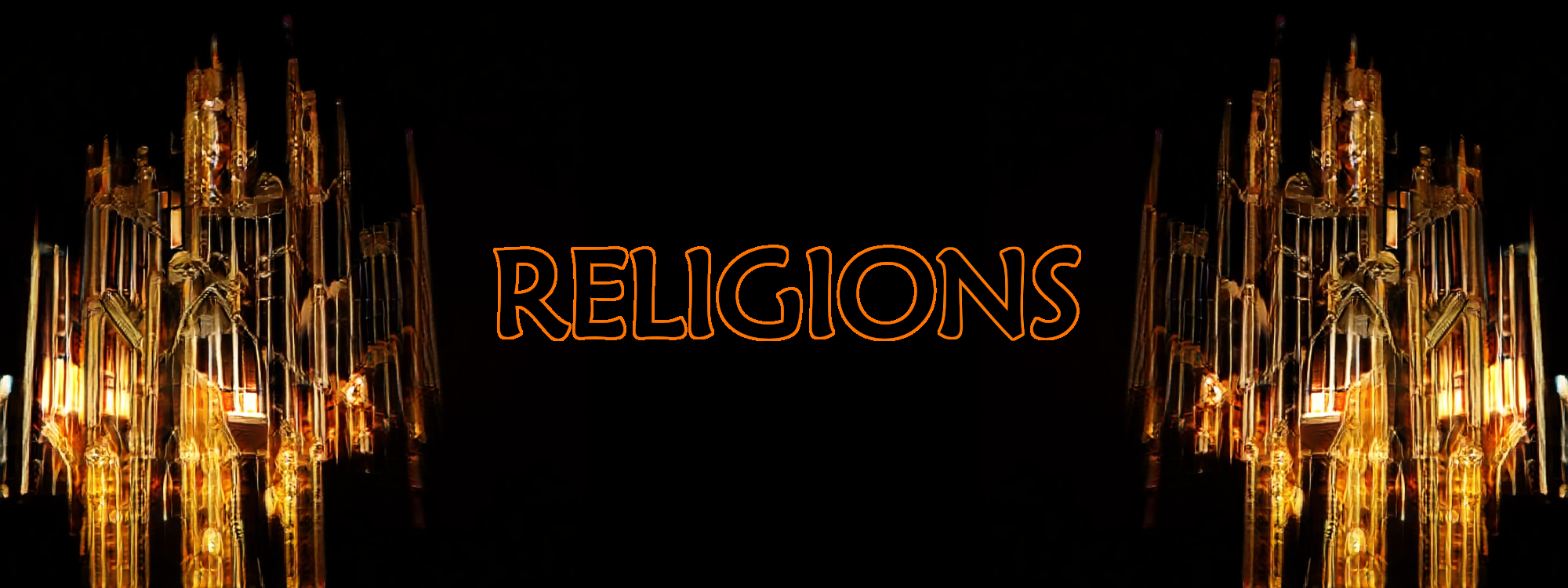Holy Day of the Sun
The Holy Day of the Suny is a traditional holy day that celebrates the Sun Goddess Iona. She is one of the most widely worshipped deities in the Heartlands, and the Holy Day of the Sun is marked in the widely used Egean calendar. The holy day is celebrated annually on the 13th day of the Moon of Sowing.
Contents
Execution
The Empyreal Faith is a global religion, and the Imperial Church of the Eternal Sun attempts to enforce a certain canon in Ionian worship across the Heartlands and beyond. Nonetheless, traditions of worship can vary greatly based on location and thus the celebrations that occur during the Holy Day of the Sun are varied as well. Below are listed the most prevalent traditions that are observed during the Holy Day of the Sun. Based on the nation and ethnicity in question, some of these traditions might be absent entirely. Festive Services. Most commonly the Holy Day of the Sun is characterized by religious services in the local place of worship. Temples and churches of Iona hold numerous services during the day, the last of which always takes place after sunset. These services -- as well as the entire holy day -- are much more festive and much noisier than Empyreal services usually are, with joyous cheering, laughter, chanting and other such merry sounds creating a happy, if a bit cacophonous, atmosphere. Parades. Most cities and towns hold at least one parade during the Holy Day of the Sun. The parade usually consists of celebrants dressed in costumes that imitate the many incarnations of the Sun Goddess. Some communities might be blessed with the presence of religious organizations in service of Iona -- such as the Knightly Order of the Radiant Lance or the Templar Knights -- and members of such organizations also participate in these parades. Re-enactments. Iona is known across the world for the exceptionally large number of divine miracles she has delivered over the course of recorded history, e.g. the Battle of Basalt Cliffs, the Tenday Miracle and the Miracle of Banishment. It is customary that these miracles are re-enacted by theatre actors, bards, fools and street mummers in honor of the Sun Goddess. Memorials. In addition to remembering Iona's many miracles, the Holy Day of the Sun also honors her many avatars. Iona is known to have manifested herself through several people at various points in history -- most recently the legendary heroine Riannon Griffin. These saints are honored in memorial services held from the smallest shrines to the grandest of cathedrals. The Long Vigil. The festivities of the Holy Day of the Sun end officially at midnight. The evening hours of the holy day are called the long vigil, and it is customary for celebrants to attempt to stay awake at least until midnight -- and preferably even longer. Notably, festivities often grow more somber in tone as twilight starts setting in, with raucous merriment giving way to quiet reverence.Observed where ever the Empyreal Faith is prominent. Exceptionally important in Egea and Caraegwyn.


Comments